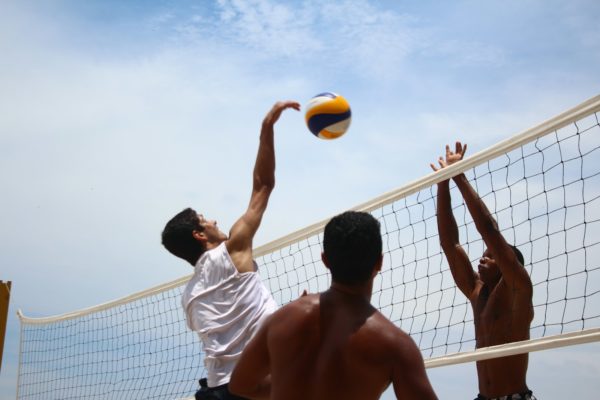Improve your adaptive abilities and management of emotions for serene and impactful performances.
Emotions play a central role in the arts and performing arts. They are the driving force behind artistic expression, but they can also become a barrier when not experienced with serenity. The ActionTypes® approach helps artists better understand their emotional dynamics, manage their responses to stress, and balance emotional intensity with control.
By respecting the motor and cognitive preferences of each artist, this approach promotes a fluid adaptation to the challenges of emotional experiences, allowing authentic and serene performances.
1. Why is emotion management essential in the arts and performing arts?
In an artistic or performing environment, artists are often faced with emotionally demanding situations, including:
- The jitters before a performance.
- Management of criticism or expectations.
- The emotional connection with the audience.
The challenges of an optimal emotional experience:
- Keep flow: Don’t be overwhelmed by stress or negative emotions.
- Enhancing impact: Convey authentic emotions while maintaining the quality of expression.
- Protecting well-being: Avoiding emotional exhaustion.
“I was often paralyzed by the jitters before going on stage. With ActionTypes®, I learned to embrace these emotions and turn my stress into positive energy.” – Theatre Actor

Crédit : Pexels / Solliefoto
2. Understanding natural emotional dynamics
Emotions are influenced by each artist’s motor and cognitive preferences:
- Motor preferences: They impact how the body responds to stress or emotional stimuli.
- Cognitive preferences: Determine how emotions are perceived, interpreted and expressed.
Concrete example: A lyric singer
One singer felt an excessive tension before her performances, which affected her voice. Through the ActionTypes® approach, she discovered that her motor dynamics required specific physical preparation to release tension. Result: more fluid and controlled performance.
3. The means provided by the ActionTypes® approach for effective emotional management
The ActionTypes® approach offers concrete strategies to:
- Identify emotional triggers: Understand situations or stimuli that generate intense reactions.
- Adapt practices: Implement a preparation in phase with the natural dynamics of the artist.
- Build emotional resilience: Help the artist quickly regain balance after a difficult situation.
Practical applications:
- Adapted breathing exercises: Based on motor preferences to calm the tracts.
- Centering techniques: To refocus the artist before or during a performance.
- Scenarios: Simulations to learn how to manage emotions in front of an audience.
4. Concrete applications in the arts and performing arts
Emotion management is crucial in all artistic disciplines:
- Dance: Manage emotions to maintain fluidity of movement.
- Theatre: Connect to the emotions of the character without losing his performance skills.
- Music: Turning stress into creative energy during concerts.
- Visual arts: Use emotions as inspiration without being overwhelmed.
Case study: A conductor
A conductor had difficulty managing his stress during tense rehearsals. With ActionTypes®, he learned to identify his motor preferences and use appropriate relaxation techniques. Consequence: a more relaxed posture and better communication with its musicians.

Crédit : Pixabay
5. Testimonies of artists who lived their emotions with serenity
Luc, contemporary dancer:
“Before, my emotions took over and spoiled my performance. Thanks to ActionTypes®, I learned how to channel them. Today, they enrich my dance instead of slowing me down.”
Sarah, film actress:
“The reception of emotions is essential in my profession. With ActionTypes®, I have learned how to stay authentic while still expressing myself.”
Mathieu, violinist:
” This approach helped me to turn my tremors from the tracts into a state of intense concentration. It’s a revelation.”
6. Tangible Impact through the ActionTypes approach®
Artists who have integrated ActionTypes® report, among other things, notable improvements:
- +40% serenity during performances.
- +30% reduction of stress-related symptoms (tension, jitters, etc.).
- +25% emotional authenticity perceived by the public.
- …
7. Integrate ActionTypes® to improve the reception of emotions
To support artists in this quest, ActionTypes® offers, among other things:
- Individual assessments: Understand emotional triggers and natural dynamics.
- Practical workshops: Specific exercises to deal with emotions in real life situations.
- A personalized coaching: Tailor-made support for artists and show professionals.
“I learned to use my emotions instead of fearing them. This approach has transformed the way I perform.” – Cellist.
Conclusion: Embrace your emotions for authentic performances
Emotions are at the heart of art, and their reception is essential for a free and impactful expression. With ActionTypes®, discover how to turn your natural reactions into an asset and create performances that deeply affect your audience.



